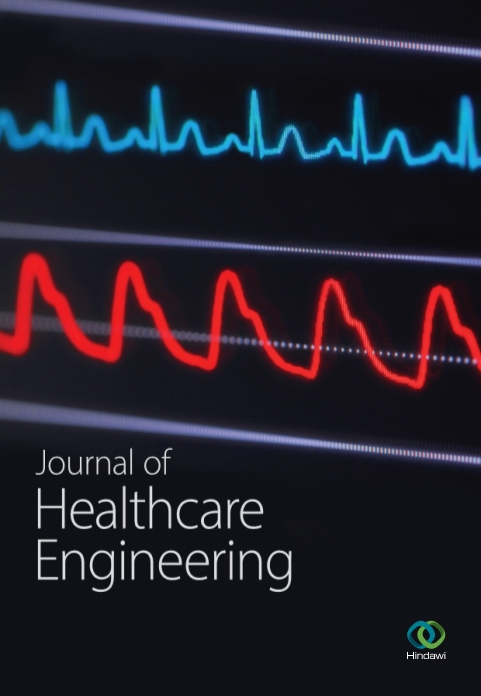基于通道增强和迁移学习卷积神经网络的 CT 扫描、双 X 光和 X 光图像骨质疏松症检测
4区 医学
Q2 Medicine
引用次数: 0
摘要
骨质疏松症是指由于骨组织发育不足,无法抵消老旧骨组织的淘汰,从而导致骨密度降低。骨质疏松症的诊断可通过使用 CT 扫描、双 X 光和 X 光图像等医学成像技术来实现。在实践中,有多种骨质疏松症诊断方法可通过单一成像模式来辅助诊断疾病。拟议的研究是要开发一个框架,即帮助诊断骨质疏松症,该框架同意所有这些 CT 扫描、X 光和双 X 光成像模式。该框架将在不久的将来实施。拟议的工作 CBTCNNOD 是 3 个功能模块的集成。这些功能模块包括双线性滤波器、灰度区域长度矩阵和 CB-CNN 。其构造方式是根据输入系统的图像提供清晰的骨质疏松症诊断报告。所有 3 个模块协同工作,提高了 CBTCNNOD 方法的性能,准确率分别提高了 10.38%、10.16%、7.86% 和 14.32%;精确度分别提高了 11.09%、9.08%、10.01% 和 16.51%;灵敏度分别提高了 9.77%、10.74%、6.与现有的 RCETA、BMCOFA、BACBCT 和 XSFCV 技术相比,处理时间分别减少了 33.52%、17.79%、23.34% 和 10.86%。本文章由计算机程序翻译,如有差异,请以英文原文为准。
Channel-Boosted and Transfer Learning Convolutional Neural Network-Based Osteoporosis Detection from CT Scan, Dual X-Ray, and X-Ray Images
Osteoporosis is a word used to describe a condition in which bone density has been diminished as a result of inadequate bone tissue development to counteract the elimination of old bone tissue. Osteoporosis diagnosis is made possible by the use of medical imaging technologies such as CT scans, dual X-ray, and X-ray images. In practice, there are various osteoporosis diagnostic methods that may be performed with a single imaging modality to aid in the diagnosis of the disease. The proposed study is to develop a framework, that is, to aid in the diagnosis of osteoporosis which agrees to all of these CT scans, X-ray, and dual X-ray imaging modalities. The framework will be implemented in the near future. The proposed work, CBTCNNOD, is the integration of 3 functional modules. The functional modules are a bilinear filter, grey-level zone length matrix, and CB-CNN. It is constructed in a manner that can provide crisp osteoporosis diagnostic reports based on the images that are fed into the system. All 3 modules work together to improve the performance of the proposed approach, CBTCNNOD, in terms of accuracy by 10.38%, 10.16%, 7.86%, and 14.32%; precision by 11.09%, 9.08%, 10.01%, and 16.51%; sensitivity by 9.77%, 10.74%, 6.20%, and 12.78%; and specificity by 11.01%, 9.52%, 9.5%, and 15.84%, while requiring less processing time of 33.52%, 17.79%, 23.34%, and 10.86%, when compared to the existing techniques of RCETA, BMCOFA, BACBCT, and XSFCV, respectively.
求助全文
通过发布文献求助,成功后即可免费获取论文全文。
去求助
来源期刊

Journal of Healthcare Engineering
HEALTH CARE SCIENCES & SERVICES-
CiteScore
6.20
自引率
0.00%
发文量
1096
审稿时长
>12 weeks
期刊介绍:
The Journal of Healthcare Engineering is a peer-reviewed, Open Access journal publishing fundamental and applied research on all aspects of engineering involved in healthcare delivery processes and systems. It provides a vehicle for the exchange of advanced knowledge, emerging technologies, and innovative ideas among healthcare engineering researchers, engineers, managers, and consultants around the world.
The journal encompasses biomedical engineering (devices, equipment, procedures, and software), healthcare information technology, distance healthcare, healthcare facilities and infrastructure, healthcare environment management, improvement of healthcare delivery systems, healthcare safety, elderly care, public health and epidemiology, healthcare policy and social issues. Authors are encouraged to submit papers based on analytical, computational, experimental, and clinical research; state-of-the-art reviews; conceptual and theoretical developments and designs.
 求助内容:
求助内容: 应助结果提醒方式:
应助结果提醒方式:


